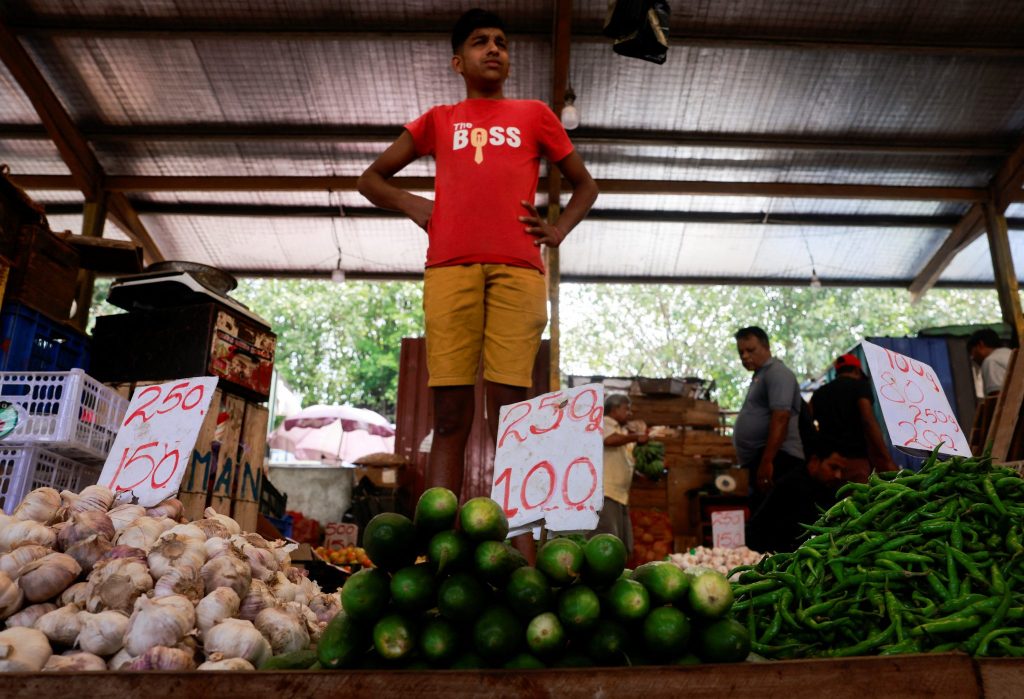When crowds of irate Sri Lankans stormed the presidential palace in July 2022 demanding the ouster of former president Gotabaya Rajapaksa, somebody like Ranil Wickremasinghe likely was not the replacement president they had in mind.
Wickremasinghe, appointed by parliament in controversial circumstances after Rajapaksa resigned and fled the country, combined a total lack of an electoral mandate with widely known ties to the discredited Rajapaksa political machine. As Neil De Votta wrote at that time, the voters ‘view [Wickremasinghe] as a Rajapaksa stooge’, under whose leadership former president Rajapaksa would return to Sri Lanka to ‘enjoy a high security retirement’.
That prediction was quickly vindicated, with Rajapaksa returning to Colombo in September 2022, his only legal censure being for now a largely symbolic court decision in November 2023 finding his government responsible for the economic crisis. The SLPP, a major political party with 99 out of 225 parliamentary seats, remains under the influence of the Rajapaksa clan, and its support was instrumental in Wickremasinghe’s elevation to the presidency.
The durability of Wickremasinghe’s elite coalition — as important a precondition as it has been for Sri Lanka’s economic stabilisation — is not matched by popular support. In an October 2023 opinion poll, Sri Lankans gave Wickremasinghe’s government a 9 per cent approval rating, with only 6 per cent saying Sri Lanka was headed in the right direction.
Who can blame them?
Despite progress in stabilising the economy in 2023, the economic crisis has laid waste to many people’s living standards. ‘Poverty reduction gains over past decades have been reversed … the percentage of people living beneath the US$3.65 a day poverty line has doubled to 25 per cent during the last two years’ and ‘child malnutrition has increased as many families switched to less healthy diets’, Ganeshan Wignaraja reports in this week’s lead article, in our annual Year in Review series on the key economic and political developments across Asia and the Pacific.
Despite this accidental president’s legitimacy deficit, one thing that he did bring to the job is a technocrat’s experience of managing public finances and — as a hardy survivor of Sri Lankan politics over the decades — the political skills to manoeuvre among the complex set of sovereign, multilateral and private creditors whose support Colombo needs for debt relief and restructuring and relief deals.
In November, the IMF revived its US$2.9 billion rescue package for Sri Lanka after a debt restructuring deal had been secured with China, its largest official lender, and a consortium of other lenders on similar terms.
As part of these arrangements, Wickremasinghe’s government has ‘implemented stabilisation measures — namely hiking interest rates to control inflation, removing fuel subsidies, raising taxes and passing a law to improve the independence and accountability of the Central Bank of Sri Lanka’, says Wignaraja. In response to IMF pressure on governance issues, the government also passed a new anti-corruption law in July 2023 that boosted the resources and power available to enforcement agencies.
The macroeconomic fruits of the stabilisation pursued as part of the bailout deal have been notable. ‘Inflation fell from a peak of 70 per cent in September 2022 to 3.4 per cent in November 2023. Foreign exchange liquidity pressures eased, with usable foreign reserves rising from only US$20 million in April 2022 to US$2 billion in October 2023. Waiting lines for essential goods have disappeared.’
But Sri Lanka’s trials aren’t over yet. Solving the problem of a government without an electoral mandate for its reforms might create another one — a political class whose commitment to the painful structural reforms might crumble when the competition for votes begins in a context of still-acute economic pain for many Sri Lankans.
As Wignaraja points out, ‘political risks could derail IMF stabilisation and reforms efforts beyond 2024 — presidential elections are due by September 2024 and Parliamentary elections in mid-2025. High poverty levels and growing dissatisfaction with mainstream political parties may be boosting support for left-wing populist parties, which advocate alternative, home-grown policies.’
This is where the political ramifications of Sri Lanka’s recovery from the crisis have the potential to play out differently than they did after the financial crises in Southeast Asia in the late 1990s and 2000s.
For all the petty despotism that influenced the character of Sri Lanka’s politics under the Rajapaksas, the country remains a competitive electoral democracy that gives voters a broader menu of ideological offerings than were generally available within the ASEAN states. A case in point is the wild card for the 2024 elections — the prospect of a presidential candidacy from Anura Kumara Dissanayake, leader of the Marxist party JVP.
The temptation for political aspirants will be a recourse to unrealistic populist promises in the hope of capturing votes in the contest for the presidency, while the reality is still a gruelling road to economic recovery.
The EAF Editorial Board is located in the Crawford School of Public Policy, College of Asia and the Pacific, The Australian National University.

